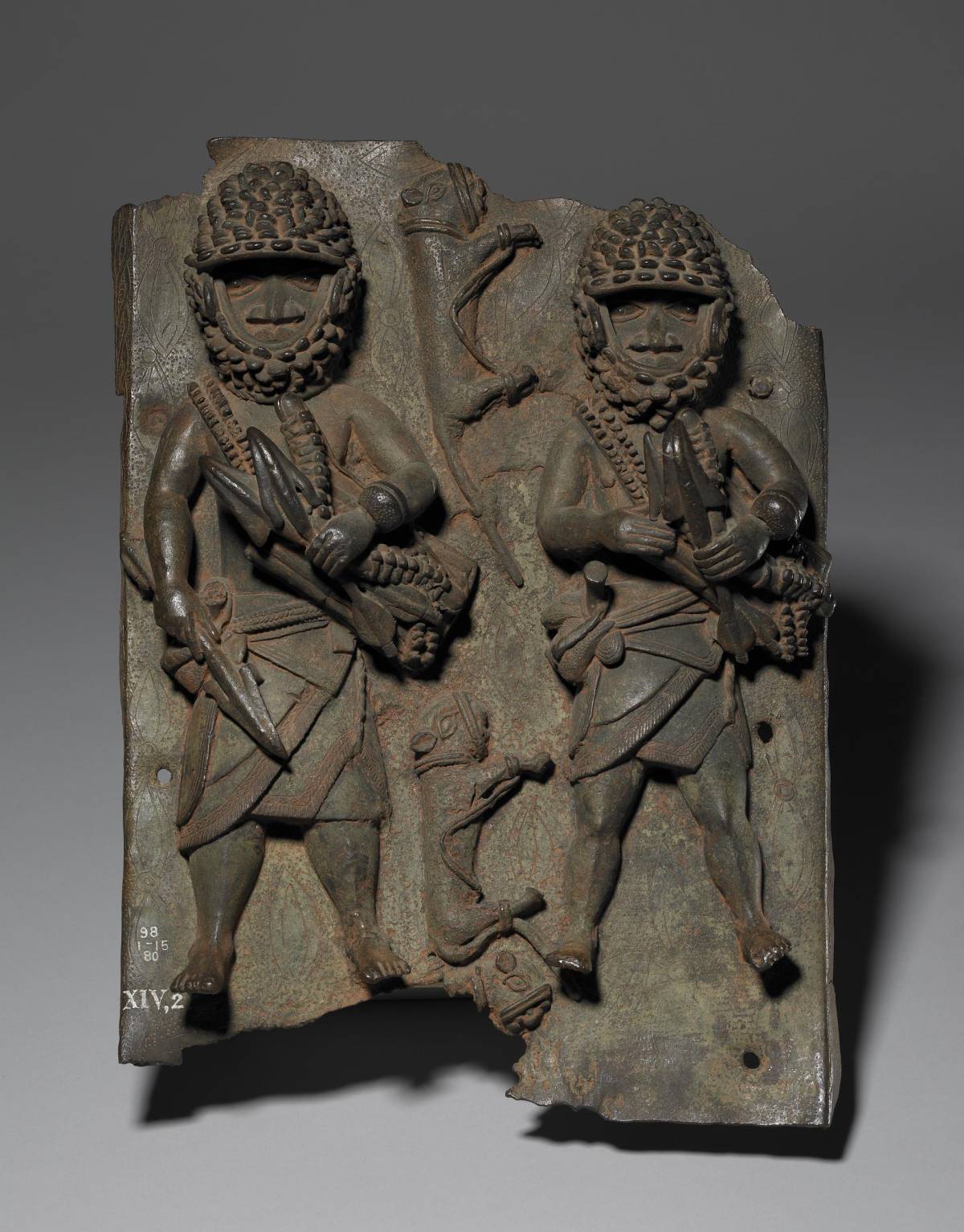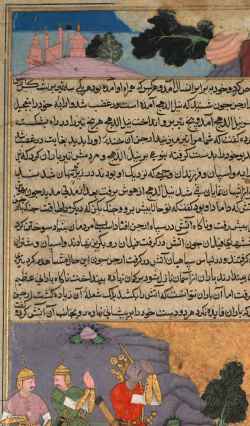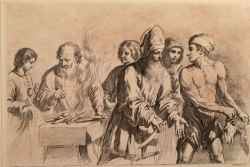Sacrifice of leopards was the prerogative of the king. Captured leopards were sacrified at the annual Igue ceremony.
Year: 16th-17th
From: Benin City, Nigeria [Benin Brass Plaques]
External link: www.britishmuseum.org
Edited by: Chiara Petrolini
Related Documents:
Scene of cow sacrifice on a relief brass plaques (16th-17th)
from: Benin City, Nigeria
British Museum, London
Transhumance et rites sacrificiels des Rheraya du Haut-Atlas marocain
in: Sacrifices en Islam: Espaces et temps d'un rituel, pp. 215-237
Paris: CNRS, .
"The First Adventure of the White Horse". The king performed the horse sacrifice in order to determine the extent of his rule. For one year a horse wanders and every land through which the horse passes becomes part of the king’s territory. Arjuna following the horse encountered the son-in-law of the god of fire, Agni, who creates a river of fire to block the warriors. Arjuna pleads with Agni, the god of fire that the horse be allowed to pass, saying that the horse sacrifice is in accordance with sacred Vedic injunctions, and that at the end of the year, the horse will be sacrificed to him, the god of fire himself. (1610-1617)
from: Page from the Khan Khanan's Razm Nama (Book of Wars)
The Cleveland Museum of Art
Queen Nzinga sacrifices a man [illustration of Dapper Naukeurige beschrijvinge der Afrikaensche gewesten] (1676)
from: Olfert Dapper, Naukeurige beschrijvinge der Afrikaensche gewesten, Amsterdam, Meurs,1668, p. 238
Preparation for the Sacrifice (1764)
The Nelson-Atkins Museum of Art, Kansas City





